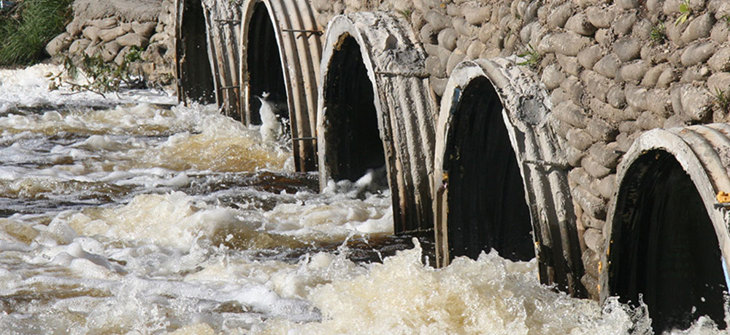
Put THAT in Your Pipe...
A question that comes up frequently: “Will this alternate pipe solution convey the same amount of flow that’s shown on these set of plans?”
And the one thing most people tend to dread hearing is the same tired response: well, that depends. Why does it always have to depend on something? Just give me an answer: yes or no?
As an engineer, it has been beaten into your head that it takes a handful of known variables to solve an equation. Some equations are simpler than others and will give you a ballpark estimate, while other equations are more complex and give you a more accurate result.
The simplest response to the question “will this pipe convey the same amount of water” would be to just simply verify that the two open areas match. Which is essentially like saying: “Bob’s mouth is just as big as Tony’s, I’m sure Bob can knock down just as many root beers as he can.” Not really the best way to estimate Bob’s root beer drinking ability, nor is it really a good way to estimate a pipe’s conveyance. After all, it really does depend, is Bob going to funnel that root beer or is he going to just drink it straight out of the can? Because a pipe’s conveyance is not only dependent on its open area, but on the type of inlet as well to reduce the amount of entrance loss.
Alright, smart guy, both pipes are circular and they both have square ends, so they’ll have the same amount of flow through them, right? And the engineer will tell you: not necessarily. What do you mean not necessarily? And before you know it, the engineer’s going on about how pipe lengths and pipe slopes will affect the flow. Naturally you’re going to have to interrupt him: it’s an alternate pipe solution, it will have the same lengths and slope. And the engineer will say: then the flow really will depend on the roughness of the pipe.
A corrugated metal pipe is going to have more friction losses than a smooth interior metal pipe, and a concrete pipe is going to have more friction losses than a PVC pipe. So all things being equal: pipe diameter size, inlet treatment, length, and slope…the smoother pipe will convey more flow. But not all pipes cost the same and not all pipes have the same structural capacity to withstand traffic loads, which is why an alternate pipe solution is being vetted in the first place.
Don’t be discouraged if the alternate pipe solution is not as hydraulically smooth as what’s on the construction plans. Perhaps what’s shown on the plans was over designed for the hydraulic requirements. Perhaps you can get away with using more pipes in the flood plain because you can space the pipes closer together with the alternate solution. Perhaps you find that going from a square shaped box to a round pipe will have less friction loss because there’s less wall perimeter.
